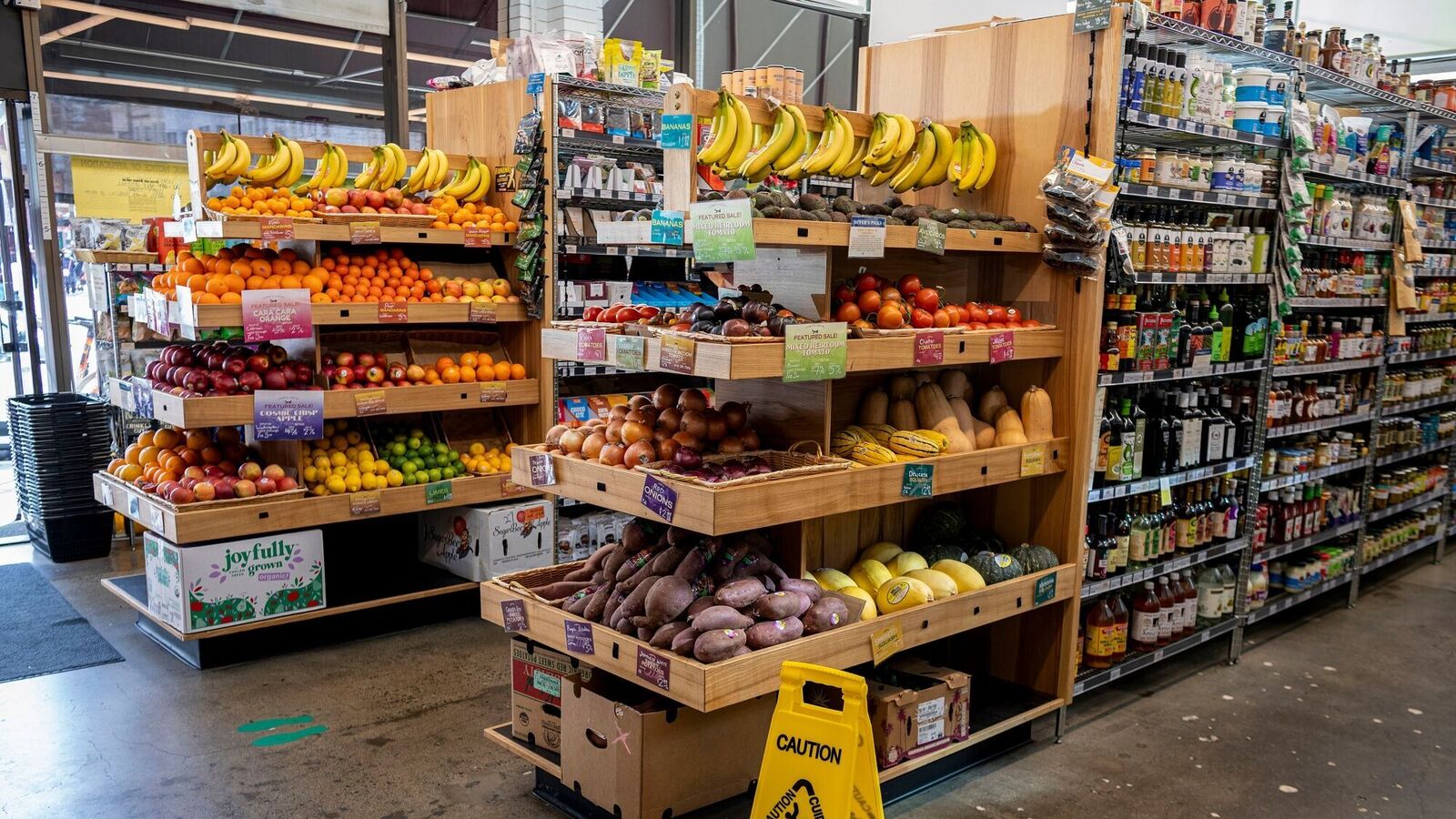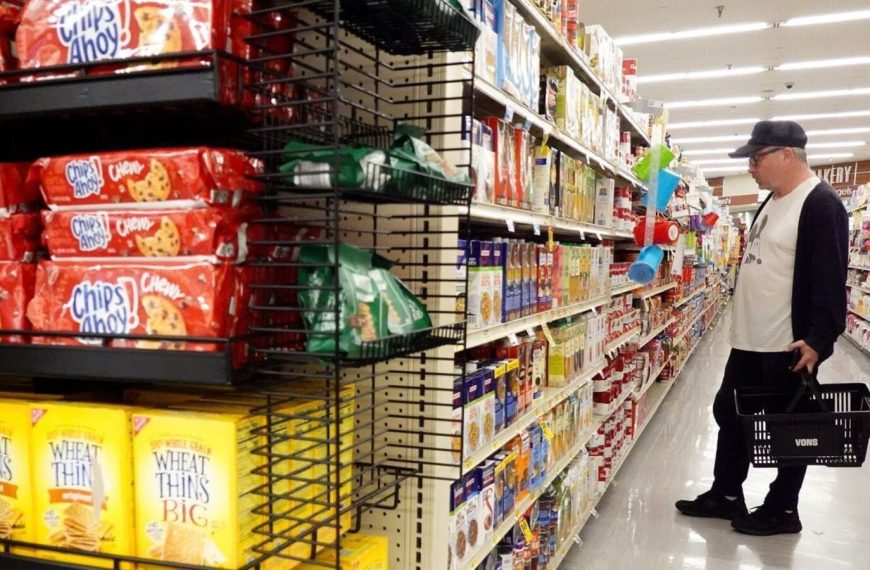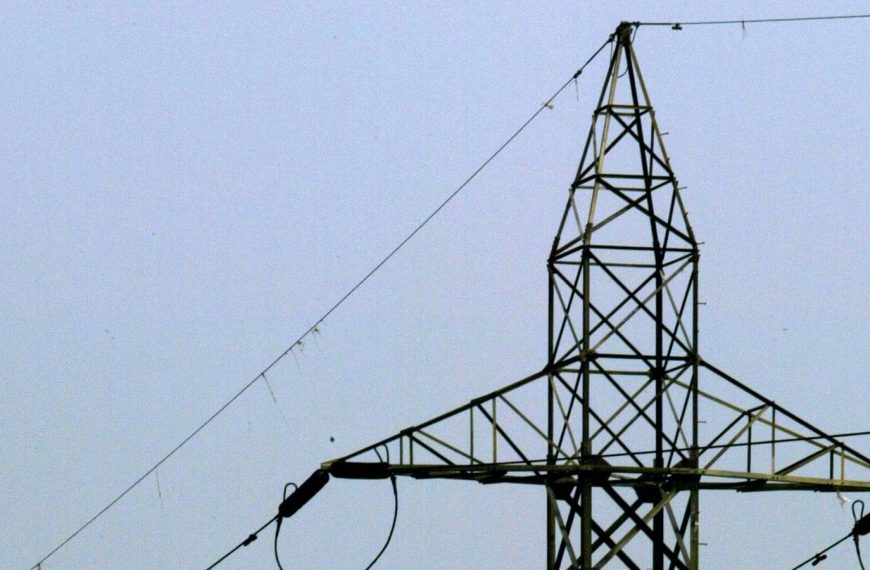India’s retail inflation has shown a notable decline, settling at its lowest level in over six years as of April, driven primarily by a drop in food prices. According to provisional figures released by the government, the Consumer Price Index (CPI) reflected a year-on-year inflation rate of 3.16% in April, a decrease from 3.34% in March and significantly lower than the 4.83% recorded in the same month last year.
Declining Food Inflation
One of the key contributors to this decline in overall inflation is the easing of food prices. In April, food inflation dropped to 1.78%, down from 2.69% in March and 4.83% a year earlier. This trend follows the recent decision by the Reserve Bank of India’s (RBI) Monetary Policy Committee, which unanimously reduced the policy repo rate by 25 basis points to 6% during its 54th meeting last month.
- CPI Inflation Rates:
- April 2023: 3.16%
- March 2023: 3.34%
- February 2023: 3.61%
- April 2022: 4.83%
Outlook for Future Rate Cuts
Economists anticipate that, given the Indian economy’s growth rate of 6.4% during the December quarter—the slowest growth observed since the fourth quarter of 2022—the RBI may consider further rate reductions in June. The central bank aims to maintain CPI inflation at a target of 4%, allowing for a fluctuation of ±2%.
Continued High Prices for Key Food Items
Despite the overall drop in food inflation, certain key food categories, such as fruits and cooking oils, continue to see elevated prices. In April, while the costs of cereals, meat, fish, eggs, vegetables, and pulses increased at a slower rate compared to the previous month, prices for fruits, oils, and fats surged. Notably, milk prices also rose during this period.
- Annual Food and Beverage Inflation:
- April 2023: 2.14%
- March 2023: 2.88%
Regional Inflation Trends
In April, 14 out of 22 states reported inflation rates at or below the national average of 3.16%. States such as Andhra Pradesh, Assam, Bihar, Chhattisgarh, and Delhi stood out with lower inflation figures.
RBI’s Focus on GDP Growth
Last month, the RBI’s Monetary Policy Committee adjusted its GDP growth forecast for 2025-26 from 6.7% to 6.5%. RBI Governor Sanjay Malhotra indicated that this downward revision was influenced by uncertainties in global trade and policies, especially in light of the U.S. imposing significant tariffs that could affect the Indian economy. As a result, the RBI’s focus may shift from merely tackling inflation to fostering credit growth and supporting an economy projected to decelerate in the coming years.
By keeping a close watch on inflation and adjusting monetary policies accordingly, the Reserve Bank of India aims to navigate the complexities of both domestic and international economic landscapes.











